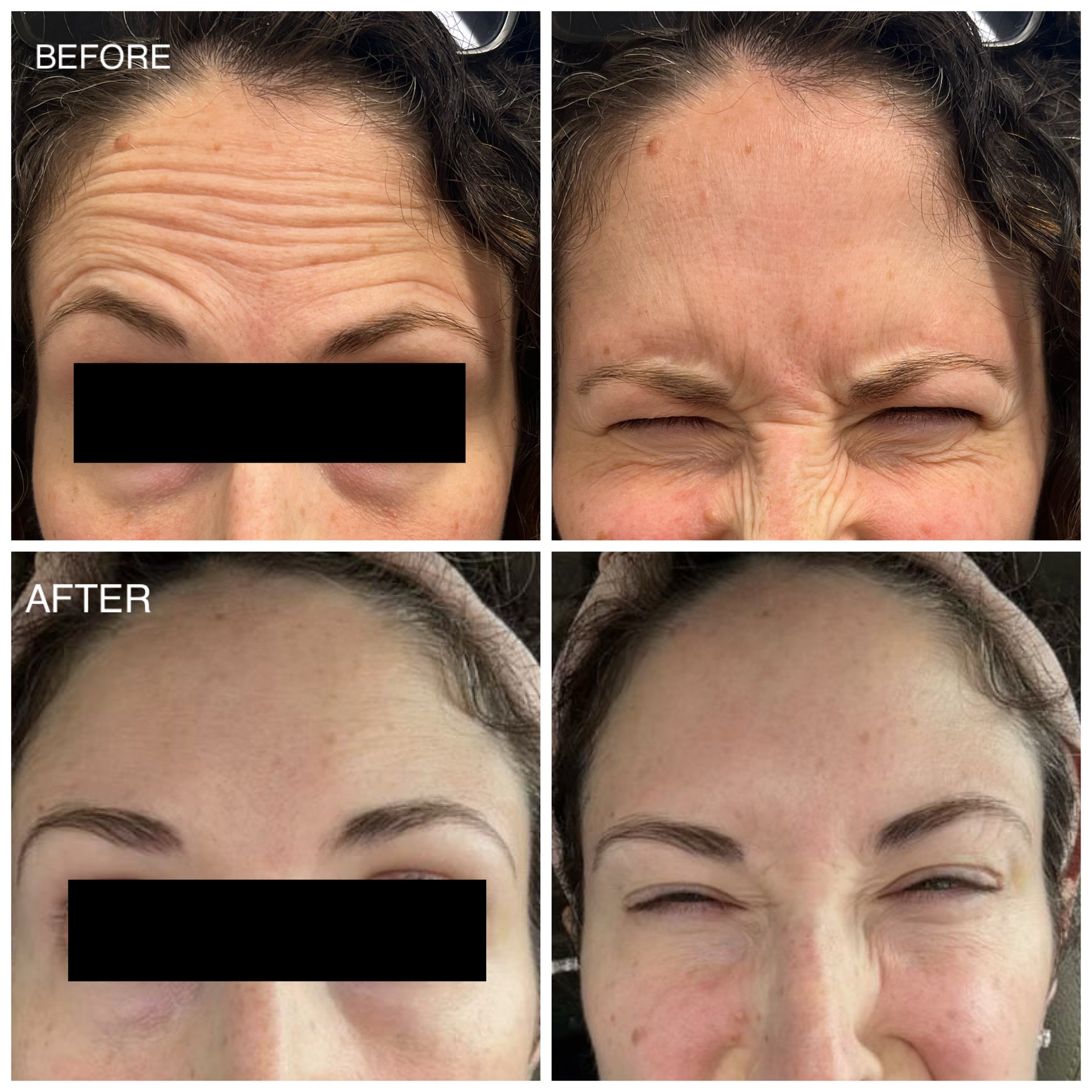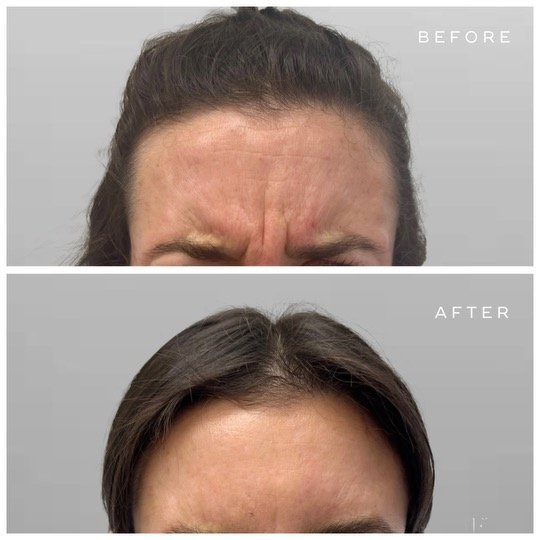Natural-Looking Botox Treatments Laser Touch Medical Clinic
At Laser Touch Medical Clinic, we pride ourselves on delivering natural-looking results by reducing signs of aging and enhancing facial aesthetics, customizing treatments for each patient. Recognizing that every individual has unique muscle strength and personal goals, our doctors create tailored plans to achieve the desired outcomes of a more youthful and refreshed appearance. With convenient locations in Beverly Hills, Encino, Santa Ana, and West LA.
Botox is a highly sought-after injectable cosmetic treatment designed to minimize the appearance of dynamic wrinkles, fine lines, creases, and sagging skin. Formulated with Clostridium botulinum, a powerful neuromodulator, Botox works by temporarily relaxing the repetitive muscle contractions caused by everyday facial expressions.
Since its FDA approval in 2002, Botox has become a global phenomenon, trusted by millions of patients and medical professionals. In its first year alone, over 1 million people experienced the transformative effects of Botox, cementing its reputation as a leader in anti-aging solutions.
HOW BOTOX WORKS
As we age, constant facial muscle movements result in wrinkles on the face. Botox prevents the appearance of these unwanted lines by relaxing the muscles under the skin. Botox (and other neurotoxins) block signals from the nerves to the muscles, preventing muscle contraction. This relaxation of targeted muscles temporarily reduces the appearance of fine lines caused by repetitive movements such as squinting, frowning, or smiling. Botox is also effective for treating several medical conditions such as TMJ (e.g., botox for teeth grinding), Migraines or Hyperhidrosis (i.e., excessive sweating). Results for both types of procedures typically begin to appear within a few days after treatment and can last for three to six months, depending on the patient.
Types of NeuroToxins
BOTOX • DYSPORT • XEOMIN • DAXXIFY • JeuveauTM (NewTox)
BENEFITS
Botox has transformed the lives of millions worldwide, offering a safe and effective solution to reduce the appearance of fine lines and wrinkles. With just one treatment, you can enjoy a smoother, more youthful complexion. Key benefits of Botox include:
• Smooths Horizontal, Glabellar, Forehead, and Bunny Lines
• Prevents the Formation of New Wrinkles
• Quick, Non-Invasive Procedure Completed in Under an Hour
• No Incisions or Extended Downtime Required
• Noticeable Results Within 10 Days
Our Services
-
Frown lines between the eyebrows (glabellar lines)
Forehead lines
Crow's feet (lines around the eyes)
Bunny lines (lines on the nose)
Lip lines (smoker's lines)
Chin dimpling
Fine lines
Defined Jawline (botox on masseter)
-
Temporal Mandibular Joint (TMJ) or Jaw pain (masseter botox)
Migraines
Hyperhidrosis (excessive sweating)
Blepharospasm (eye twitching)
Dystonia
Spasticity
Myofascial pain
Trigger points
-
Combine Botox with other treatments for complete facial rejuvenation. Botox excels at smoothing wrinkles caused by muscle contractions but works best alongside treatments addressing sun damage and other factors. To treat sun damage and other resting wrinkles, laser and light treatments , microneedling or dermal fillers. Discover how Botox can enhance your beautification journey!
-
Dr. Kamran and Tina Hakimian and the knowledgeable staff of Laser Touch Medical Clinic are pleased to offer Los Angeles residents advanced Botox treatments to smooth fine lines, reduce wrinkles, and achieve a youthful, refreshed appearance. Botox is a safe and effective solution for treating crow’s feet, frown lines, and forehead wrinkles, helping you look and feel your best. Schedule your Botox consultation today at our Beverly Hills, Encino, Santa Ana, and West LA locations. Call us now to discover how Botox can enhance your natural beauty with quick, non-invasive results!




